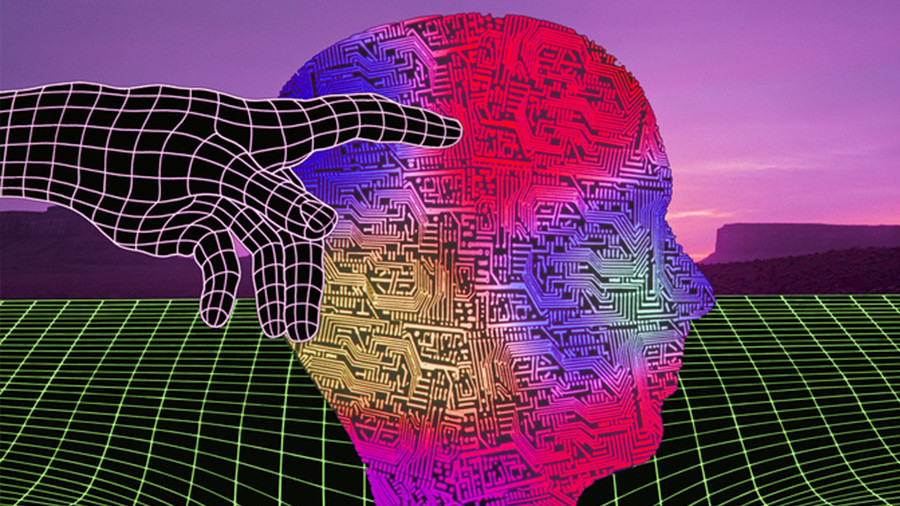Effective marketing campaigns require a deep understanding of how buyers make purchase decisions. By harnessing the power of neuroscience, marketers can tap into the inner workings of the buyer’s brain and create strategies that influence decisions positively. This article explores the concept of neuroscience in marketing and how it can be leveraged to build stronger customer relationships and increase conversions.
Why Marketers Need Neuroscience
As marketers, it is crucial to comprehend how our brains process information, make decisions and overcome objections. By understanding the science behind these processes, we can align our marketing efforts with the natural decision-making mechanisms of our customers. Neuroscience provides valuable insights into how the brain functions, allowing marketers to deliver the right content at the right time and supporting customers in their decision-making process.
Understanding How the Customer Brain Thinks
Research conducted by Brian Knutson and his team at Stanford University offers intriguing insights into how our brains respond to purchasing decisions. In their experiment, participants were placed in an fMRI scanner, which measured brain activity by monitoring blood flow to different regions. The study revealed that while the brain’s reward centres lit up when desirable products were shown, the pain centres were activated when participants were presented with the cost of the product.
The Purchase Formula
Knutson’s team developed the purchase formula based on the Stanford University experiment findings. According to this formula, the likelihood of a purchase is determined by the balance between reward centre activation and pain centre activation. Traditional marketing approaches focus on low prices, but neuroscience reveals that customers don’t want to think about prices as they evoke feelings of pain. Instead, marketers should aim to maximize reward centre activation by creating positive associations with their brand and products.
Making Your Brand More Rewarding
The associative recall strongly influences Reward centre activation, which refers to the positive memories associated with a brand or product. By consistently delivering valuable, relevant, and timely content, marketers can build positive associations in the minds of their customers. This positive recall enhances reward centre activation, making the brand more appealing and increases the likelihood of purchasing.
Increasing Reward Activation at Different Stages of Awareness
To effectively increase reward activation, marketers need to understand the different stages of customer awareness. Eugene Schwartz’s model of customer awareness aligns closely with neuroscience’s understanding of how the brain processes new information. By tailoring content to each stage, marketers can guide customers through the neural process of problem recognition, solution exploration, and brand evaluation.
Unaware Stage
At this stage, customers are unaware of their problem or need. To capture their attention, marketers should focus on highlighting the symptoms of the problem rather than explicitly naming it. By gradually making customers aware of the problem, marketers can pique their interest and initiate decision-making.
Problem Aware Stage
Customers in this stage have recognized their problems and are actively seeking information. Marketers can leverage SEO research and customer insights to create content that addresses customers’ challenges and problems. By providing valuable answers and expert guidance, marketers can increase reward activation and establish their brand as a trusted resource.
Solution Aware Stage
At this stage, customers are searching for potential solutions. Marketers should help customers define a good or bad solution, offering insights into the pros and cons of different options. By addressing the criteria that matter most to customers, marketers can guide them towards their brand as the optimal solution.
Product Aware Stage
Customers in this stage have narrowed their options and evaluated specific products or brands. Marketers can provide content that helps customers compare and contrast different solutions, reinforcing positive associations with their brand. Marketers can establish credibility and increase reward activation by offering transparent information and honest reviews.
Most Aware Stage
At this stage, customers are ready to make a purchase decision. Marketers must ensure their sales strategy aligns with the positive associative recall built throughout the customer journey. By emphasizing the benefits, value, and positive experiences associated with their brand, marketers can encourage customers to take the final step and purchase.
Neuroscience in marketing offers valuable insights into the human brain’s decision-making processes. By understanding the stages of customer awareness and leveraging neuroscience principles, marketers can effectively tailor their content and strategies to guide customers through the purchasing journey. Building positive associative recall and activating reward centres in the brain are vital for creating strong customer relationships and increasing conversions.








